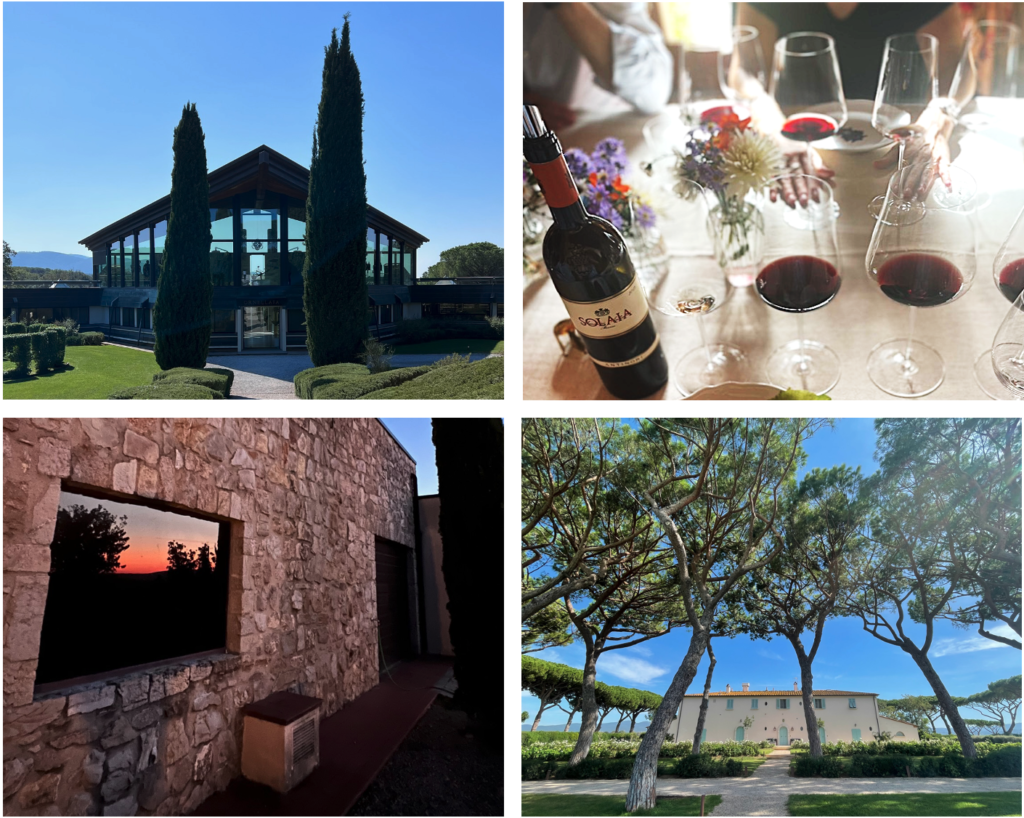Defining the Tuscan wine personality
It’s taken us a full week to decompress from the energy and vibrance of four days in Tuscany. As a travel destination, the region is surely one of Europe’s most romantic places to visit. And while the wines certainly perform wonderfully in situ, we’ve come away with a deeper understanding of Tuscany’s bright winemaking future, and a conviction for the quality and longevity of its finest bottles in generations to come.
Deep roots, new shoots
Beginning our tour in Chianti country, we tasted various styles of Chianti Classico, and learned about the long history of the appellation. Winemaking has occurred in the vast area now known for Chianti since the 13th century, but the range of quality and tastes continue to confuse many consumers. Indeed, the non-descript nature plaguing much of the Chianti Classico DOCG seems rather un-Italian. For a country with such a strong sense of regional identity (ask an Italian where they are from, they’ll give you the specific village), the move by today’s winemakers towards more precision is long overdue. The best producers are now opting for single-site or “cru” bottlings to show both the purity of their native Sangiovese, and genuine terroir expression.
A sense of identity
If wines from historical appellations and native grapes are overcoming an identity crisis, their international cousins – the Super Tuscans – feel impressively at home in the Tuscan hills, and towards the coast in Bolgheri. Following heavy investment in grape variety clonal selection, viticulture, and winemaking facilities, the wines we know and love – Tignanello, Solaia, Ornellaia – are well-deserving of their place on the world stage. The irony of making wines with such a clear regional personality from world-renowned varieties (Cabernet Sauvignon, Cabernet Franc, and Merlot alongside some Sangiovese) is, in of itself, quite Italian. And it is done not without reverence for the region inspiring the birth of Super Tuscans – Bordeaux.
Bordeaux vs. Bolgheri
Super Tuscan producers still occasionally let slip signs of their inferiority complex to Bordeaux – defaulting to French terms for various processes, discussing ageability of the wines in comparison to the greats of the Médoc. But what we smell and taste in the glass certainly has the self-assurance and majesty of a first growth already. The last mile for Super Tuscan confidence will come in time, now that top estates are exercising better control over their distribution, and keeping back a portion of each vintage for library stocks and later release. The final proof of Tuscan power and personality will surely be complete when the next generation tastes the wines being made today in twenty or thirty years, when at their drinking apogée.

